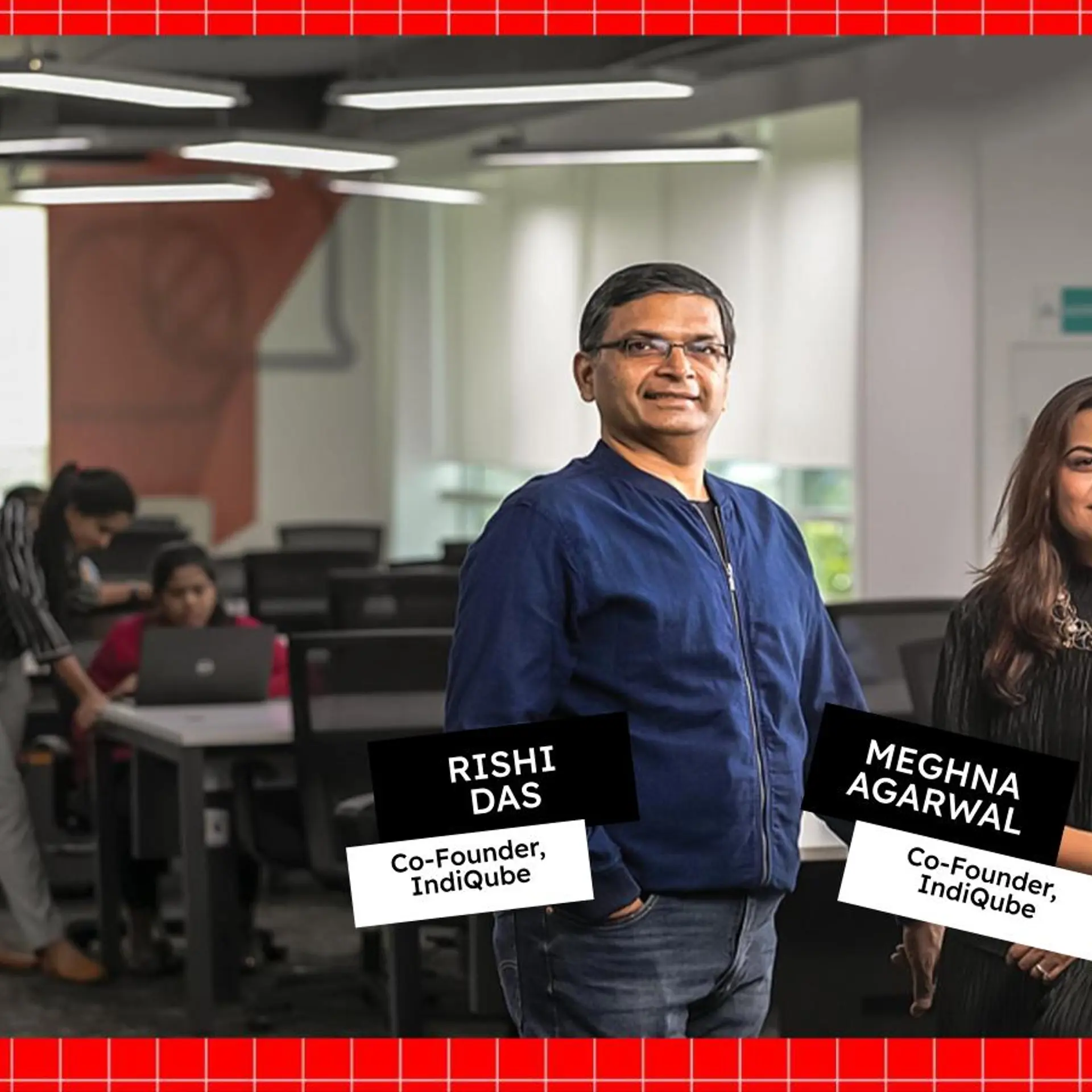Why a recession is the best time to open a savings account for your children
Putting away a fixed percentage of your income every month for the future of your children is easier now, given the fact that you are re-aligning your priorities amid the coronavirus pandemic.
It may sound counter intuitive. When everyone is worried about salary cuts and losing jobs, who has the time to think about the future of our children?
It is natural for the amygdala in our brain (responsible for fear and anxiety) to become overactive during recession times. There is no point in resisting it, because it is biologically and psychologically independent of our cognitive mind.
In a way, this fear and anxiety regarding the future is going to be helpful because it is going to force us to re-evaluate what is “essential” and what is “not essential” in our lives. We will reduce discretionary spends such as shopping, fine dining, vacation etc, and focus more on healthy foods, education, and healthcare.
If you resolve to put away a fixed percentage of your income every month for the future of your children, it is easier to implement it now, given the fact that you are re-aligning your priorities. This could be the best time to form new habits.
Since your resolve is not a fixed amount but a fixed percentage of your income, you can adjust what you put into this long-term saving, depending on your actual income. So even if you have a salary cut, or a period of jobless survival, putting away 5 to 10 percent of your monthly income for your children is not going to affect your ability to survive (Unless you are at the bottom of the pyramid and struggling to get food on the table).
So I would say there is no better time to open a savings account for your children than during a recession. You will prove it to yourself, that if you could save during a recession, you can save any time.

Now having decided to put away some money every month, what are the options?
Bank RD
The biggest risk in a Bank RD is your own self. We may open it for our children or even in our child's name. But when it comes to maturity after 12, 24, 36, 48, or 60 months, there will ALWAYS be some important expenditure waiting for that money. Now that most banks allow easy breaking of an RD with a click of a button, whether it will really survive its entire tenure is itself a question mark.
Voluntary PF and NPS
It is a secure way to save for your retirement. The interest is decent. The maturity amount (with all that compounding interest) might look big on an excel sheet, but the biggest risk in this instrument is this. The “purchasing power” of that maturity amount is dependent on your government's economic policies over the next 10 to 30 years.
Most governments borrow from the future, print more money to stimulate growth, and indirectly depreciate the purchasing power of their currency. So you may be running hard, only to find yourself in the same place (like a treadmill) after 20 years.
Mutual funds and shares
Subject to Market Risks. Please read the offer document carefully before investing.
Paper gold
Exchange Traded Gold Funds may look appealing because they are linked to gold prices. But they are not really backed by physical gold and can become worthless if there is a market crash and people default on their commitments.
No one in their right conscience can recommend or guarantee paper gold as a 10-20-year product. It may work for parking some money in the short term. But for long-term saving, I would always bet on physical gold.
RBI gold bond
RBI comes out with an issue at least six times a year and it is open for four days. It is denominated in gold grams and there is a lock-in period of five to seven years. You will get back your money at the gold price applicable on maturity date.
It is not backed by physical gold, but you just have to trust it, because it has the sovereign guarantee of the central bank and government. This is ideal if you have some sizeable amount like Rs 50,000 to invest. Not a very good option for monthly saving.
Physical gold
Physical gold is the most secure and 100 percent risk-free long-term saving option. It is also inflation proof. When there are economic and political uncertainties, all financial wizards de-risk themselves with some physical gold in their lockers.
It outperforms other financial instruments over 10 to 30-year time frames. The most important advantage of gold is our emotional attachment to it. We will never sell gold for anything except for property, college education, or jewellery. This means the saving will TRULY reach the next generation.
Physical gold at home
If you can buy a one-gram coin every month (gold will soon touch Rs 5,000 per gram), nothing like it. But if your monthly saving is in the range of Rs 500-3,000, you must have the discipline of accumulating this money in a bank account and buying a coin whenever it has gone past Rs 5,000.
While it is easy to convert gold coins and bars into jewellery, selling it to buy a property or fund college education requires extra time and effort because you have to find a buyer who will take your coins/bars and give you money in the form of cheque or bank transfer.
Chit scheme by jewellery shops
This is an un-secured and un-regulated scheme offered by most Jewellery brands. Please remember, your monthly payment is rotated as working capital in their own business. That is also the reason why RBI has limited the maximum tenure of these schemes to 11 months.
Choose this option if you trust the brand and their financial strength. The scheme needs you to buy some jewellery at the end of 11 months; the money cannot be carried forward to next year. If you are saving Rs 2,000-3,000 per month, you will hardly accumulate 4 to 6 gm by the end of the tenure.
This option is mostly suited for people who can afford to save Rs 10,000 or more per month and buy decent jewellery at the end of the 11-month tenure. If you want to save Rs 2,000 per month in gold for the next 10-20 years, this scheme will not work for you.
Another disadvantage of buying jewellery every 11 months is that, you spend on wastage/VA/ making charges. You also lose some percentage when you sell it back. If your objective is to save for your children's future, buy property, or fund college education, buying jewellery every year is not the best way.
Physical gold at MCX (Direct)
Unlike exchange traded gold funds, MCX Gold is actually backed by physical gold. MCX is the multi-commodities exchange where commodities like gold, silver, copper, aluminium, cotton, jute etc. are bought and sold.
MCX is regulated by Indian Parliament through Securities and Exchange Board of India. (SEBI). The gold that you buy and own in your own name, is actually stored in a SEBI approved, MCX-controlled warehouse locker in Ahmedabad, with traceable serial numbers of the coin/bar that you own.
You can take physical possession any time (by paying for handling and postage) or sell it back in the exchange on any working day at market rate and get back rupees into your bank account. Settlement happens for all sale transactions during a month, before the 5th of the following month.
You can buy Gold Petal (minimum 1 gram or multiples thereof) or Gold Guinea (minimum 8 gm or multiples thereof). Gold Mini (100 gm ) and Gold (1 kg) are meant for whole sale buyers.
Edited by Teja Lele
(Disclaimer: The views and opinions expressed in this article are those of the author and do not necessarily reflect the views of YourStory.)








